Catheters for people with dementia, like my mum, aren’t recommended, so we have always pushed against it and looked for other solutions. But now that’s changed. I’m sharing our experience of our first days dealing with a catheter as dementia caregivers in case it helps someone else. Mum has Alzheimer’s and was fitted with an indwelling catheter, more commonly known as a Foley Catheter, that will stay in place for 12 weeks.
This is our personal account. You should always discuss with your own doctor the specifics of your own situation & make your decisions based on that.
You can also check out our follow-up article on Indwelling Catheter -11 Things You Should Know!
- Background
- Urology Recommendation
- Post Procedure After Catheterisation
- Dementia Caregiver Inner Dialogue
- First Few Hours At Home With An Indwelling Catheter
- Changing A Catheter Drainage Bag For The First Time
- Care Workers A Godsend
- Day 2 – Dealing With The Foley Catheter
- Lessons Learnt So Far Dealing With Foley Catheter
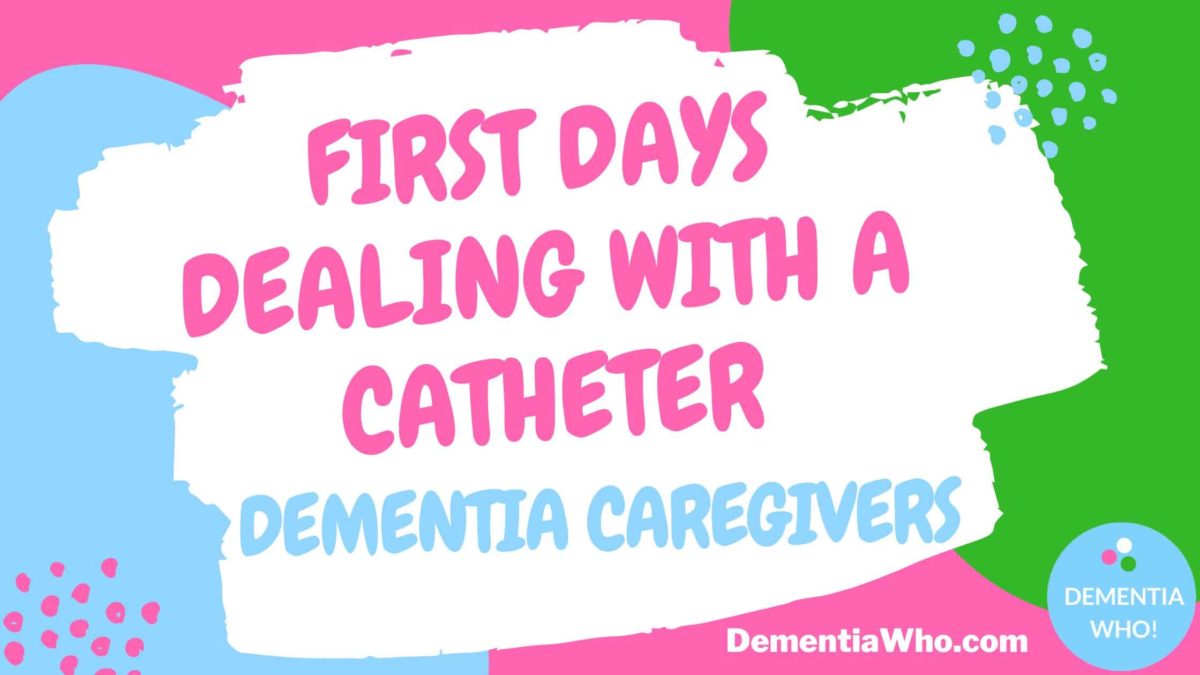
Background
For the last few years, Mum has been dealing with recurring UTIs, primarily from having to wear incontinence nappies and dealing with double incontinence. It’s become so bad this year as Mum has become resistant to most antibiotics available to deal with it.
Urology Recommendation
Our doctor made a referral to the Urology department & they recommended examining her bladder by doing a cystoscopy . The examination showed that Mum’s bladder wasn’t fully emptying. This, combined with the fact that her kidneys had become distended, resulted in the consultant saying that the only option to help Mum was a permanent catheter.
I wasn’t ready for that. I hadn’t done my research on catheters for a long time. We’ve rejected it several times because of the risks of infections and because it’s likely to be barely tolerated by someone with dementia. I know Mum is already tugging at the repose boot on her leg every day. I can’t imagine how having a urine drainage bag attached to her leg would ever stay on.
But the only thing we can do is try. If it doesn’t work, then it doesn’t work. This time, we didn’t have any choice – her kidneys were affected. After the cystoscopy procedure, they fitted the catheter, so at least Mum didn’t have to go through two separate procedures.
Post Procedure After Catheterisation
Another nurse started to take us through all the elements of caring for someone with a catheter. By that, I mean she gave me bags of paraphernalia and explained that I would be responsible for:-
- maintaining strict hygiene in cleaning and handling the catheter to reduce the risks of infections
- Ensure that there was urine output making sure there were no kinks in the catheter tubing stopping the flow of urine down into the leg bag
- emptying the leg bag every few hours
- fitting an additional connecting night bag each night to handle the overflow from the leg bag
- changing the leg bag once a week
- Make sure mum was well-hydrated post-procedure to flush out any remnants of debris
- contact the district community nurses to remove and replace the catheter every 12 weeks
- contact the supply company to order new bags (she supplied two weeks’ worth) & replacement catheters
She demonstrated how to drain the leg bag in the clinic, look out for signs of infection and then sent us away with a bag full of stuff needed for catheter management and a referral to our community district nurses if I needed support.
She also advised that post-procedure, Mum might experience discomfort, and I may see blood in the urine.
Now, we’re home, and I’m panicking. I know people live with Foley catheters without problems, but I also have read some horror stories.
Dementia Caregiver Inner Dialogue
I’m second-guessing myself. Did I make a mistake? Did I allow myself to get rushed into a decision? No, no, I must stop thinking like this. Remember the kidneys, the kidneys; that’s why we’re doing this!
But the number one reason for UTIs for Mum is bowel incontinence overflow from constipation, so surely she’ll still get UTIs, but maybe more severely? I don’t know. The doctor dismissed my concerns, saying I needed to keep her clean. Why didn’t I prepare properly for this?
First Few Hours At Home With An Indwelling Catheter
As soon as we got home Mum pulled at the leg bag. Her legs need to be raised to reduce swelling, but by doing so, Mum can see the leg bag. So I didn’t leave her side initially for fear of her damaging it, but that wasn’t practical as I needed to leave the room to get drinks, food, etc.
I kept going in and out in one-minute intervals as I tried to prepare food/drinks for us. At one point, I was away longer, and I don’t know if she had pulled it or not, as the bag was filled with blood-coloured urine. I know this is a post-procedure expectation, but seeing a bloody drainage bag is still worrying.
I realise now that the times I had to myself would become non-existent. I won’t be able to leave her for more than a minute or two for fear of her pulling at it.
Changing A Catheter Drainage Bag For The First Time
I read through the leaflet providing the instructions and explained to Mum what was happening. I meticulously washed my hands to empty the bag and wore gloves (even though the leaflet didn’t advise me to).
I worried that I might be hurting, trying my best not to pull on the drainage bag secured to her leg with straps, but the valve to open the drainage valve was stiff. I eventually get it open and drain the bag. (It gets easier after the first time it’s opened).
The output is thick & mucusy at first. I close the valve, empty the contents into the toilet, flush, wash my hands, and visually recheck the drainage bag, making sure there are no kinks and the valve is closed.
Care Workers A Godsend
Thank goodness for the carer workers who help with Mum’s care. They reassure me, telling me it’s like anything new, that I’ll get used to handling it, and show me how to set Mum up for the night with an additional night drainage bag. They advise they only clean the catheter once a day, but my reading recommends twice a day, so I need to check that with district nurses. But they kindly showed me how to do it that night, so I knew how without hurting Mum and reducing infection risks.
They always share their knowledge. They also advised that you can get leg sleeves to hold the leg drainage bag and hide it from Mum’s sight. I wonder why the urology nurses, knowing my concerns about pulling, knowing that Mum has dementia, sent her home with all the tubing, bags, jug, etc., but not a simple thing like a sleeve to prevent pulling?
I would have thought that would be obvious to recommend to someone who has dementia, to add a catheter leg bag sleeve as an option to secure the drainage bag to prevent pulling.
Day 2 – Dealing With The Foley Catheter
The overnight drainage bags filled up, and the care workers helped detach it, cleaned around her catheter and changed her nappy. We don’t benefit from being nappy-free as Mum is doubly incontinent.
The drainage bag still has bloody urine. I’m trying to keep my internal voice calm, but I’m scared that this might be more serious. The doctor said it could bleed for a few days, so I have to hold it together for a few more days. A month from now, I will probably look back at this and wonder about my anxiety levels!
Mum’s in pain, but it’s hard for her to define where she’s hurting because of her dementia. Is it down there, or is it somewhere else? She keeps repeating it hurts. Painkillers are given on the clock.
Again, this is an expected side effect after insertion, but my inner dialogue is thinking it’s blockage or worse. Finally, Mum can say that her stomach hurts, and I move her to the bed. Luckily, the pain resolved after a bowel movement.
I think moving the drainage bag positioning and giving Mum her fidget blanket have stopped Mum tinkering with the drainage bag.
Lessons Learnt So Far Dealing With Foley Catheter
Here are some things I would do differently on reflection now.
- Do your research, and be clear on the possible outcomes of a cystoscopy. Our appointment was a last-minute cancellation, so I didn’t do my normal level of research. I didn’t prepare for the outcome or refresh my memory on catheter issues.
- I realise that the nurse at the clinic didn’t talk about how we keep the catheter clean in detail or the proper method to clean it. It wasn’t talked about at all, so deep dive on the internet researching the in/outs of catheter care on the NHS websites.
- Push for tools or aids that help those with dementia – like a Catheter sleeve. I had no idea about this during our consultation.
- Ask for a follow-up telecon to answer any final questions with the consultant.
- Oh, and how to open the valve of the overnight bag to drain it with it exploding urine over me like what happened at my first attempt!
Realise it will take time to get used to this. Now, we have to settle into the day-to-day of dealing with a Foley catheter. Hope that the blood clears, that we’re able to keep Mum’s catheter clean & prevent infections, and hopefully, Mum will start to improve. I hope we made the right decision. Time will tell.
Another milestone passed. I hope that this provides some help for those also dealing with the first days dealing with a catheter.
Don’t forget to check out our follow-up article on Indwelling Catheter -11 Things You Should Know!


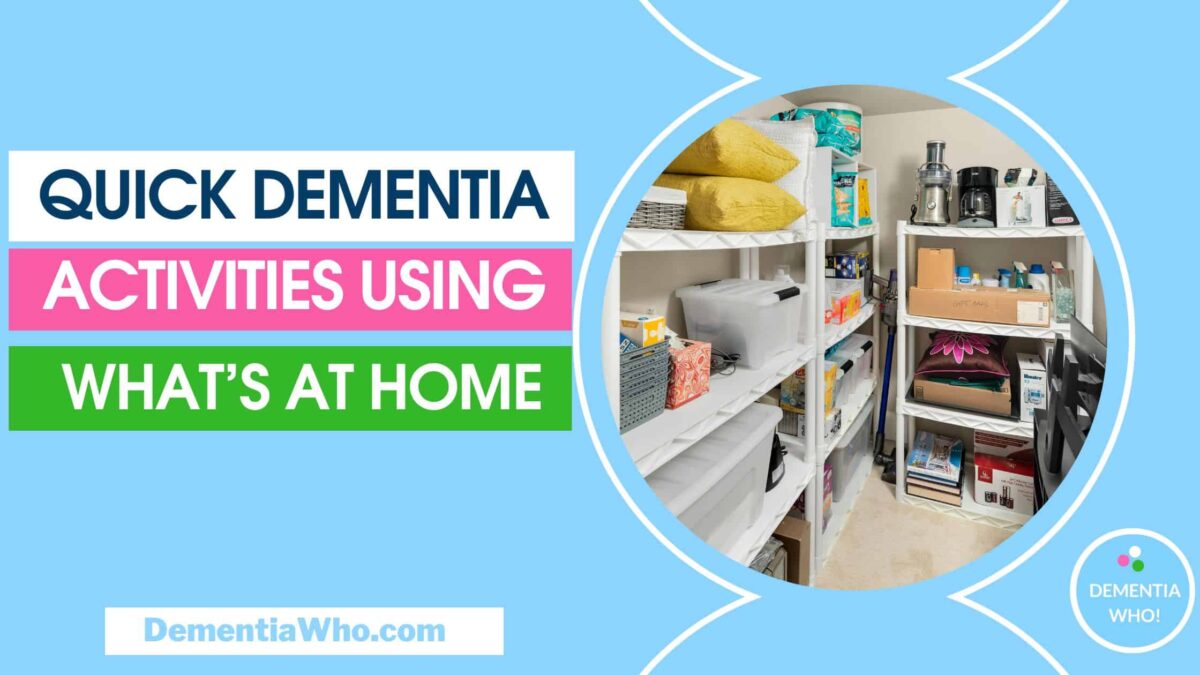




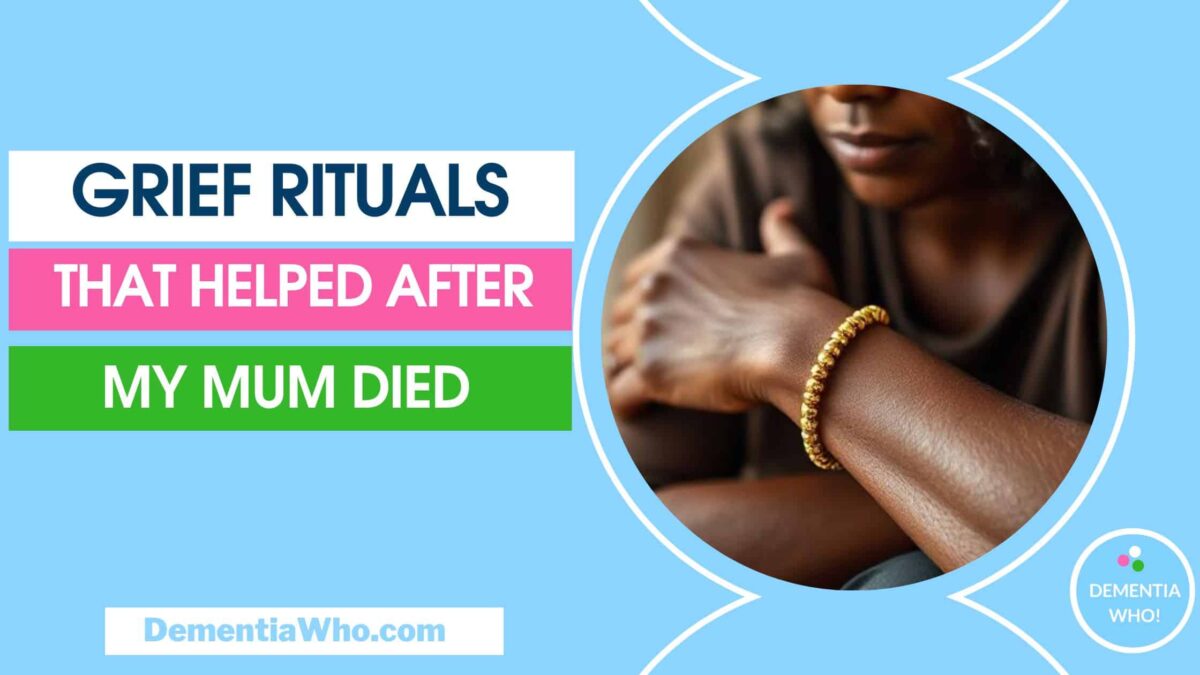

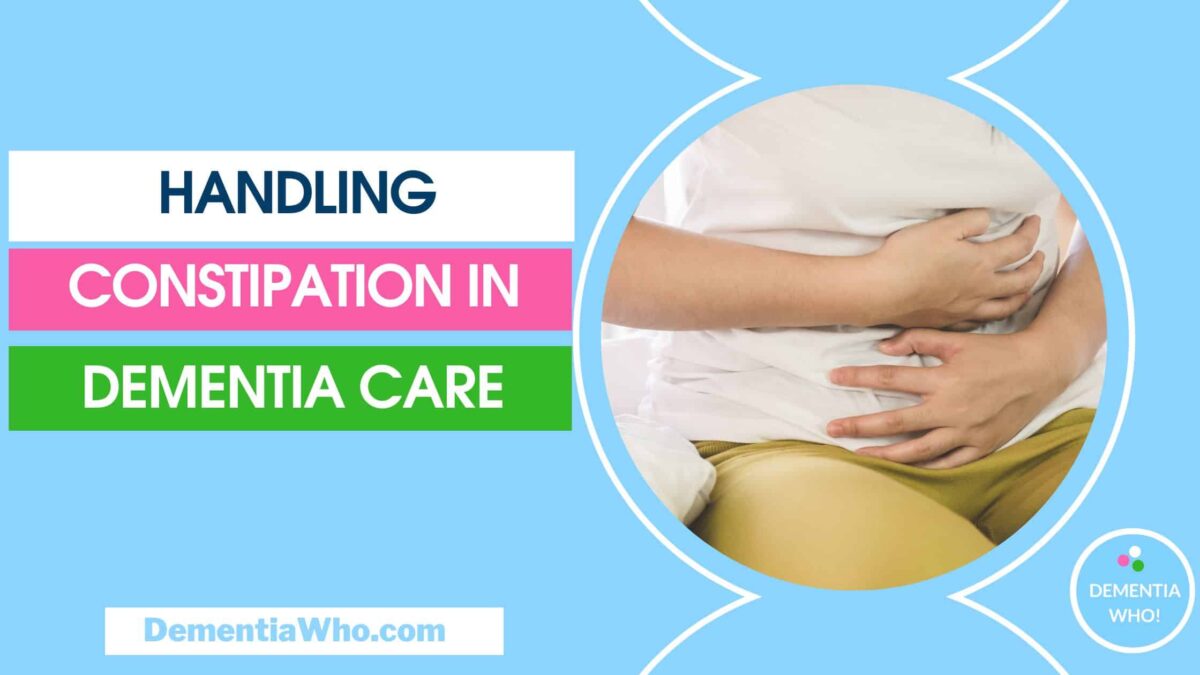






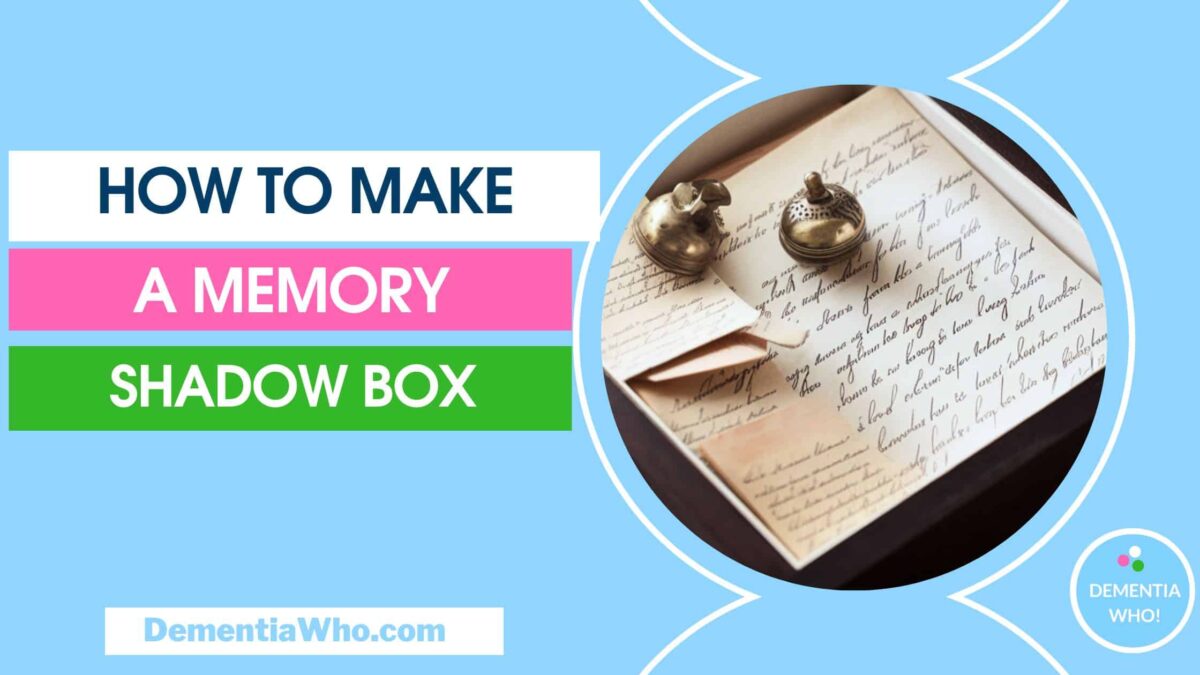
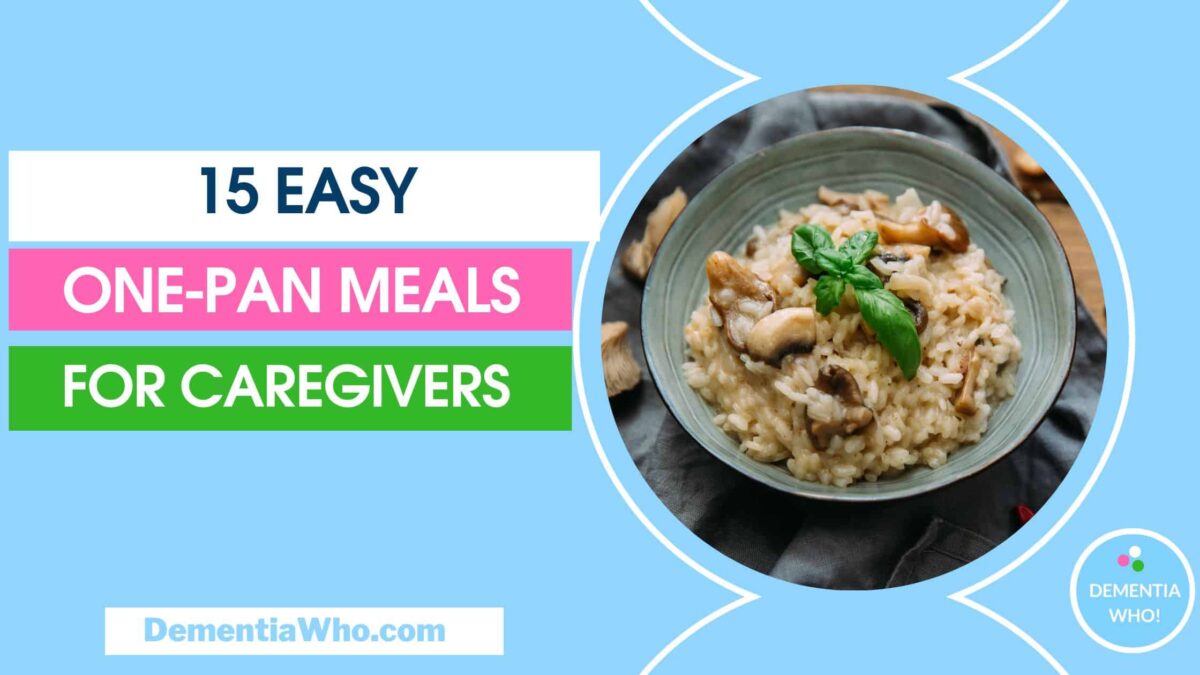




Fantastic information, thank you so much for sharing your feelings and the nightmare task of managing this procedure.
Thank you so much
Thank you I’m facing this with my parent at the moment